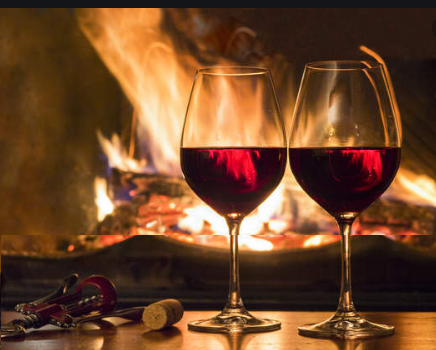 Wash off obvious soil and buildups from your winemaking gear. Scour bottles, cans, spoons, estimating cups, tubing and every single other material with a delicate jug brush. Expel any scale or grime that could be covering up in niches or corners and guarantee all things look physically perfect before you endeavor to purify them.
Wash off obvious soil and buildups from your winemaking gear. Scour bottles, cans, spoons, estimating cups, tubing and every single other material with a delicate jug brush. Expel any scale or grime that could be covering up in niches or corners and guarantee all things look physically perfect before you endeavor to purify them. Fill a huge pot or pot with water. Set the pot with water on the stove top and enable it to bubble for 15 minutes at 170 degrees Fahrenheit.
Spot littler winemaking materials into the bubbling water for five to 10 minutes. Bubbling is a decent, modest strategy for disinfecting things, and anything that fits into your pot can be purified thusly. Plugs, tubing, siphons, estimating cups, spoons, pipes and significantly littler jugs may fit inside the pot. Use tongs to evacuate things while they are as yet hot.
Empty one gallon of water into a huge clean container. Include 3 grams of potassium metabisulfite gems and 12 grams of citrus extract to the water. Break up the precious stones completely to make a generally useful disinfecting answer for use for the remainder of your winemaking gear.
Spot bigger winemaking things in a protected area, for example, a perfect kitchen sink. Pour the cleaning arrangement inside and over the things. Enable the things to sit shrouded in the answer for five to 10 minutes in the wake of pouring. This cleaning arrangement can be utilized for any of your winemaking hardware and will purify enormous things, for example, carboys, jugs and pails.
Spill out and flush off the disinfecting arrangement from every one of the materials with clean water. Utilize the winemaking gear promptly to keep away from pollution from any microorganisms.





